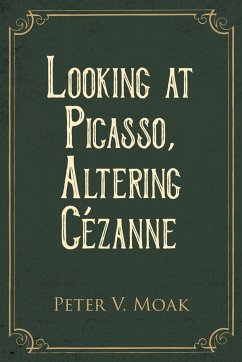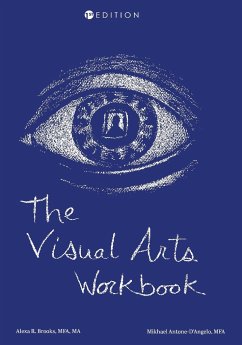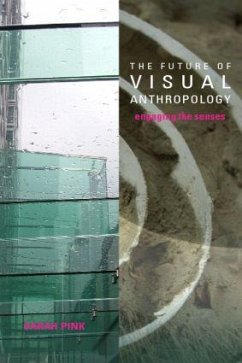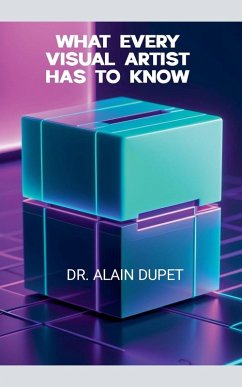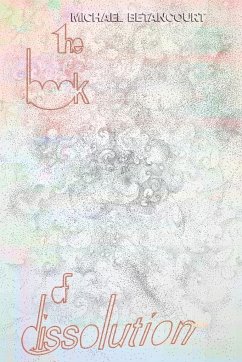
The Book of Dissolution
Versandkostenfrei!
Versandfertig in 1-2 Wochen
12,99 €
inkl. MwSt.

PAYBACK Punkte
6 °P sammeln!
The Book of Dissolution is a work of visual poetry composed from forty-two carefully curated compositions produced between 1998 and 2020. Dissolution means the decomposition into fragments or parts, a disintegration that returns the established order to its component elements-but this breaking up does not mean an end to order, merely the conversion from one state to another, more dynamic one. These images are a meditation on this process of ordering and transformation. These images are a meditation on this process of ordering and transformation, a sequence of images, like an animation without ...
The Book of Dissolution is a work of visual poetry composed from forty-two carefully curated compositions produced between 1998 and 2020. Dissolution means the decomposition into fragments or parts, a disintegration that returns the established order to its component elements-but this breaking up does not mean an end to order, merely the conversion from one state to another, more dynamic one. These images are a meditation on this process of ordering and transformation. These images are a meditation on this process of ordering and transformation, a sequence of images, like an animation without the in-between frames.





